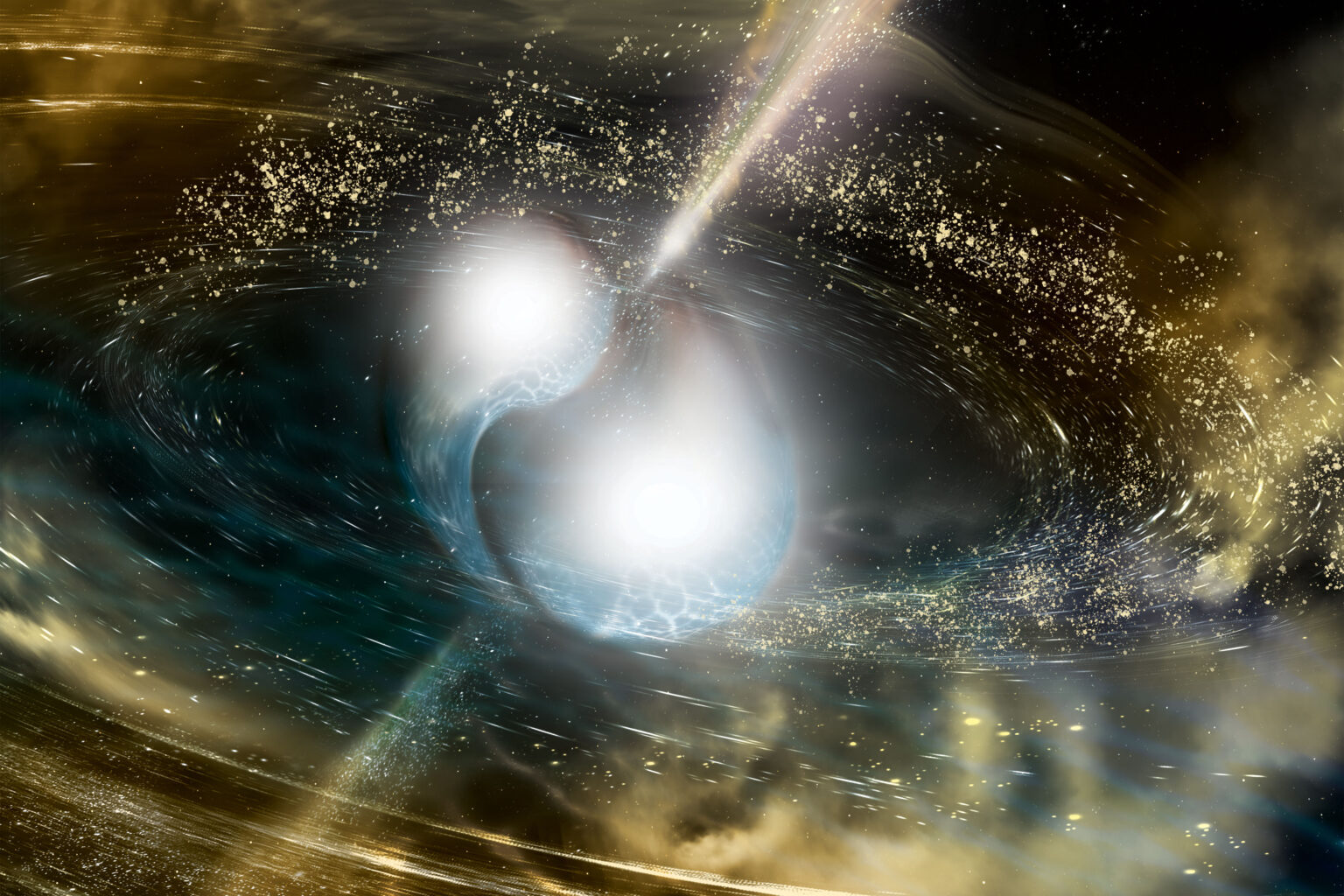Fast radio bursts are a mysterious and very short-term phenomenon that is observed at some wave ranges. Most modern theories claim that it is generated by magnetars. However, a new study suggests that they are formed as a result of the interaction of two pulsars.

What generates fast radio bursts
Fast radio bursts were first detected in 2007. These are extremely powerful signals that last only a few tens of seconds. Therefore, it was not possible to determine exactly where they were coming from. Accordingly, their source has not yet been precisely established.
At the same time, over the past years, researchers have registered more than 600 such phenomena, and have suggested that their source is magnetars. These neutron stars have the strongest magnetic fields in the Universe, and scientists suspect that it is in them that excitations occur from time to time, which our equipment perceives as fast radio bursts.
However, in a new study published in Physical Review Letters, physicists have suggested that the source of fast radio pulses may be a completely different type of neutron stars — pulsars. More precisely, they can be generated by pairs of these objects.
Pairs of neutron stars
In the new study, the authors looked at what happens before black holes merge. A study published in 2017 showed that electromagnetic phenomena very similar to fast radio bursts could be observed immediately before this.
When neutron stars approach each other, their rotation speed increases. This accelerates the electrons over their poles, which leads to the creation of an electron-positron plasma field. Then, when the stars come closer, electromagnetic energy escapes from the magnetic fields of both luminaries in the orbital plane just before their collision.
According to the researchers, at this moment, rapid radio bursts occur. At the same time, this phenomenon looks very similar to what could happen next to a magnetar. However, the difference between them could be caught.
After all, in the case of a magnetar, this would happen after some event that could be observed in some other way. And in the case of a pair of pulsars, fast radio bursts should occur immediately before their merger. The researchers hope that radio telescopes of the future will be able to see this difference.
According to phys.org.
Follow us on Twitter to get the most interesting space news in time
https://twitter.com/ust_magazine

